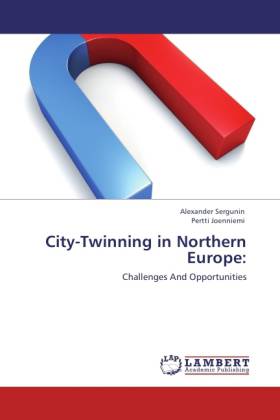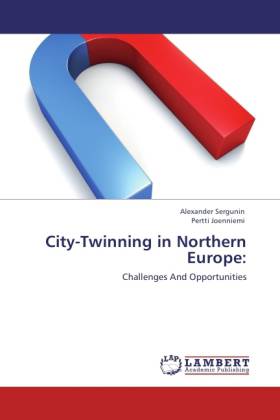
- Afhalen na 1 uur in een winkel met voorraad
- Gratis thuislevering in België vanaf € 30
- Ruim aanbod met 7 miljoen producten
- Afhalen na 1 uur in een winkel met voorraad
- Gratis thuislevering in België vanaf € 30
- Ruim aanbod met 7 miljoen producten
Zoeken
City-Twinning in Northern Europe:
Challenges And Opportunities
Alexander Sergunin, Pertti Joenniemi
Paperback | Engels
€ 66,45
+ 132 punten
Omschrijving
Over the last two decades city-twinning became very popular in Northern Europe, including not only Nordic countries with their long-standing cooperative experience but also the post-Soviet states, such as the Baltic States and Russia. Twinning is viewed by many North European municipalities as an efficient instrument for both solving local problems and ensuring their sustainable development. This study probes five city-pairs employing twinning (Tornio-Haparanda; Narva-Ivangorod; Imatra-Svetogorsk; Valga-Valka; Kirkenes-Nikel) as a way of bolstering their somewhat marginal position. It also aims at discussing the dynamics and meaning of twinning in a broader, more principal and critical perspective. It is argued that in Northern Europe twins became city-pairs that do not just aim at bridging and intensified international cooperation as border cities or connected cities but also at creating in varying degrees communality and joint space. The analysis should be especially useful to professionals in regional studies.
Specificaties
Betrokkenen
- Auteur(s):
- Uitgeverij:
Inhoud
- Aantal bladzijden:
- 76
- Taal:
- Engels
Eigenschappen
- Productcode (EAN):
- 9783846504819
- Verschijningsdatum:
- 20/09/2011
- Uitvoering:
- Paperback
- Afmetingen:
- 150 mm x 220 mm
- Gewicht:
- 118 g

Alleen bij Standaard Boekhandel
+ 132 punten op je klantenkaart van Standaard Boekhandel
Beoordelingen
We publiceren alleen reviews die voldoen aan de voorwaarden voor reviews. Bekijk onze voorwaarden voor reviews.








